Y1U2W2
Positions through Iterating
At the start of the second week, after you have presented your 100-page publication, begin working on the written component for this brief. You will be prompted to identify references from the reading list as well as from your own research that relate to your developing iterations.
The iterations you make in the second week should demonstrate a change in the direction of your work in response to something specific about your references. You should be able to articulate (in words) how/why it triggered a new direction, and that change should also be clearly evident in your iterations.
Direction
- define what is complex motion-it can be organic motions (hard to express with artificial code or components?)
- research where can I find various organic motions
- how can I translate them by using a graphic tool
- experiment with various forms of communicating / tangible, intangible
- what is the purpose of this project? what system? which system does it need?
- exploring the system, creating, analysing
What is complex motion?
Complex motion means it is not motion to calculate considering a single motion like linear motion, oscillatory motion, vibratory motion, rotatory motion and simple harmonic motion. Because they are combination of more than one type of motions.
Example: If we consider a particle of a vehicle’s wheel it undergoes rotatory motion with respect to the axle and it follows the path (road) with respect to the starting position. So if we like to study the motion of the particle with respect to the starting position we should consider it’s rotatory and motion on the path which is complicated called the complex motion.
In order to select a complex motion, it was necessary to consider a movement that involved the interaction of two or more different motions. After some deliberation, I decided that tightrope walking would be an appropriate choice.
Tightrope Walking
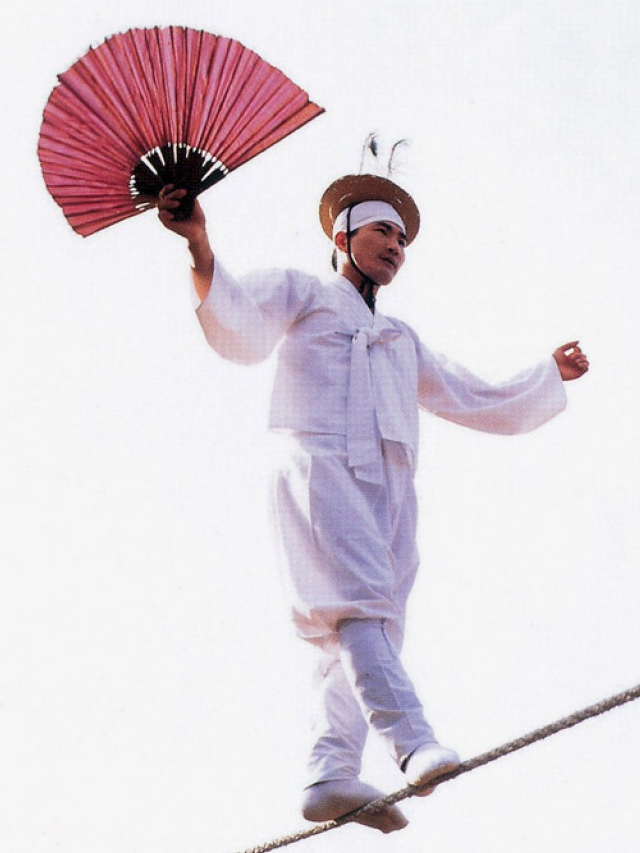
tightrope, the movement of the knee to cushion the recoil, and the use of hands and fans to create wind to balance on the rope. The whole movement shows the bending and counter-bending of the body at the same time. It is a complex movement that is created to achieve balance.\
My initial research involved an examination of theoretical concepts related to motion. This led me to Laban Movement Analysis.
Research 1

Laban divided movement into expressive and functional movement. Expressive movements are those that reflect mood or emotion and speak through movement, while functional movements are those that are efficient when actually doing work or exercising. Although these two types of motions are often separated, they often go hand in hand, so when observing motion you should consider both expressive and functional motions.
According to Laban, movement is “the expression of the body in space” and gesture is “the expression by a body or part of the body of two elements: the concrete form created by movement in space and the rhythm created by the length of time”. Therefore, the initial form of movement is simple, involving only the elements of space and time, but the four components of movement – time, force or weight, space and flow – work together to create a more advanced and complex form of movement.
In this theory, motion is defined as the expression of the body in space. Furthermore, it is argued that a movement should be viewed from a functional and expressive perspective. Four elements are presented that constitute motion, which allows the definition of complex motion and the diversification of graphics simultaneously.
Complex Motion
Movement that is functional and expressive, with four components working together: time, force or weight, space and flow.
The work of the Bauhaus on momentum was brought to mind by the LMA, which not only considered the movement of the object but also the elements of the space in which it is expressed.
Project 2
How the Bauhaus School Gave Life to… Performance Art Movement!



“In order to create the performance, Schlemmer actually prepared an entire notation system which visually described every gesture to be made, built up through linear patterns.”
“The dancing figure was the central place from which all of the spatial geometry then expanded outwards; showing the centrality of a Kantian view of space and a Kantian approach to the differentiation between transcendental and empirical notions of it. This view of space places the subject in the center, the subject which carries the pure form of space as a possibility within itself, which then becomes manifested through our perception of various empirical elements which constitute and fill the empirical space around us.”
“So, starting with the plane geometry and the pursuit of a straight line, a diagonal, a circle, a curve; the entire design space evolves, taking the subject as it’s center by the movement of the dancer’s body placed as a vertical figure from which the entire space expands.”
The impulse to explore performance in a school that primarily deals with architecture and design originated from a deep understanding of the importance of space. This understanding led them to investigate the relationship between humans and the space that surrounds them, between the idealised geometric forms that constitute the nature of space itself and the possibilities of mechanical and human movement within it.
In their performances and visual work, the dancing figure was the central site from which all spatial geometry extended outwards. They argued that the entire design space evolves around the subject, driven by the movement of the dancer’s body.
Using the above material as a reference, I did some iterations using geometric elements and linear graphics. This allowed me to explore what resonant forms could emerge around the movement of the object.
Iterating
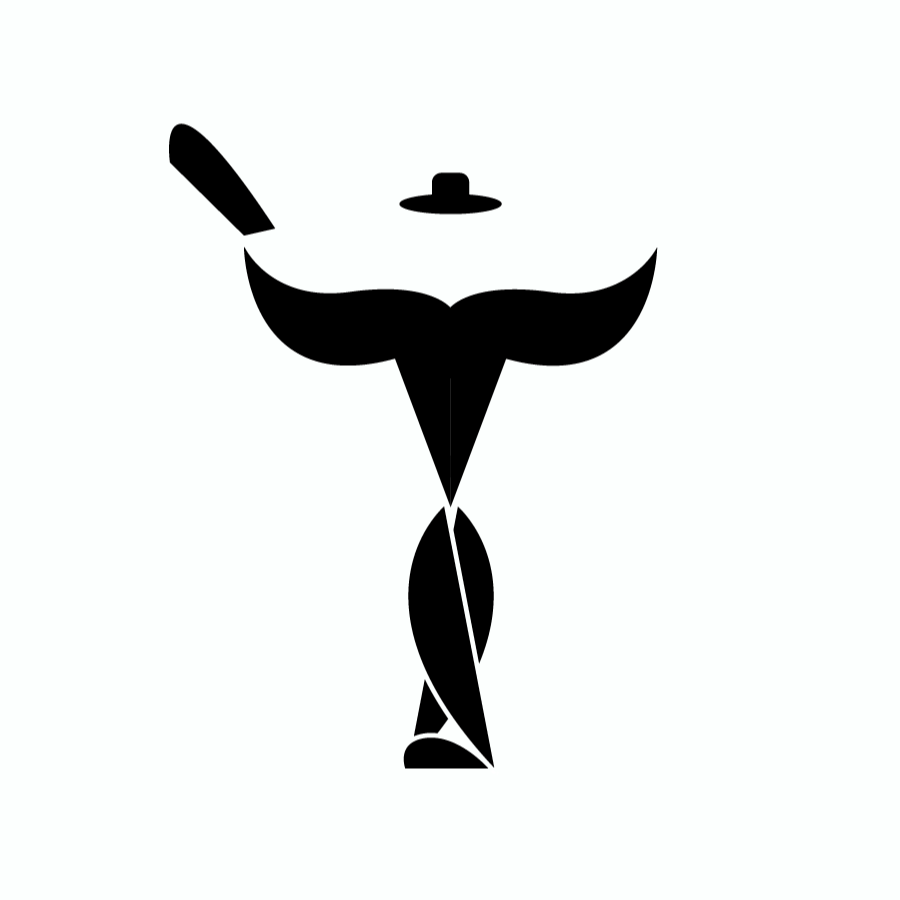
The elements that could be affected by the object’s movement were visualised and iterated upon. The focus was on what graphical expansion could be achieved rather than filling the space completely.
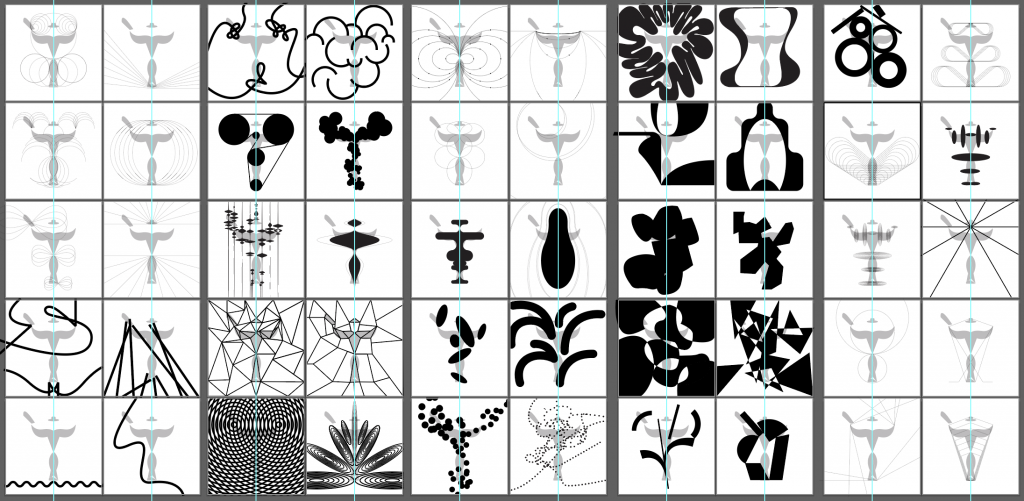
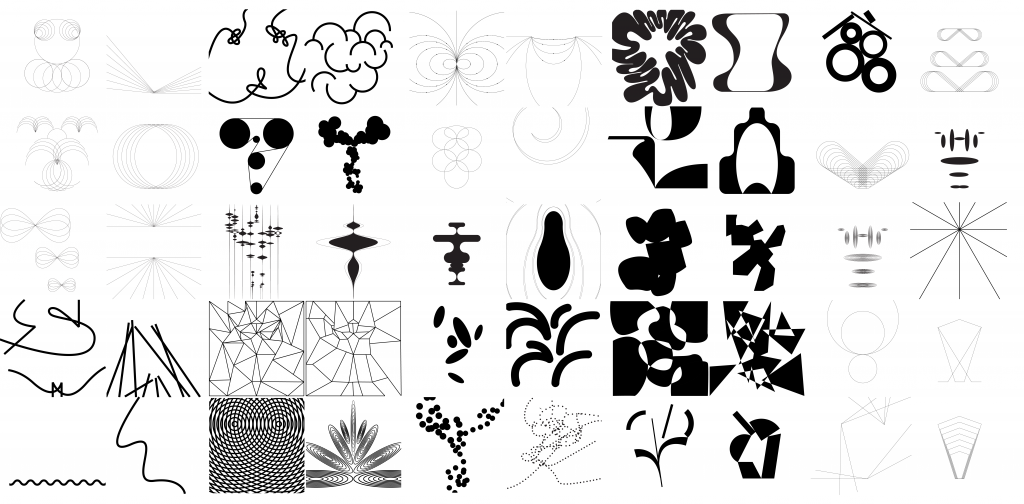
After iterating, graphics that showed movement were selected. The common feature was the repetitive placement of graphic elements with visible movement, creating a continuous pattern.
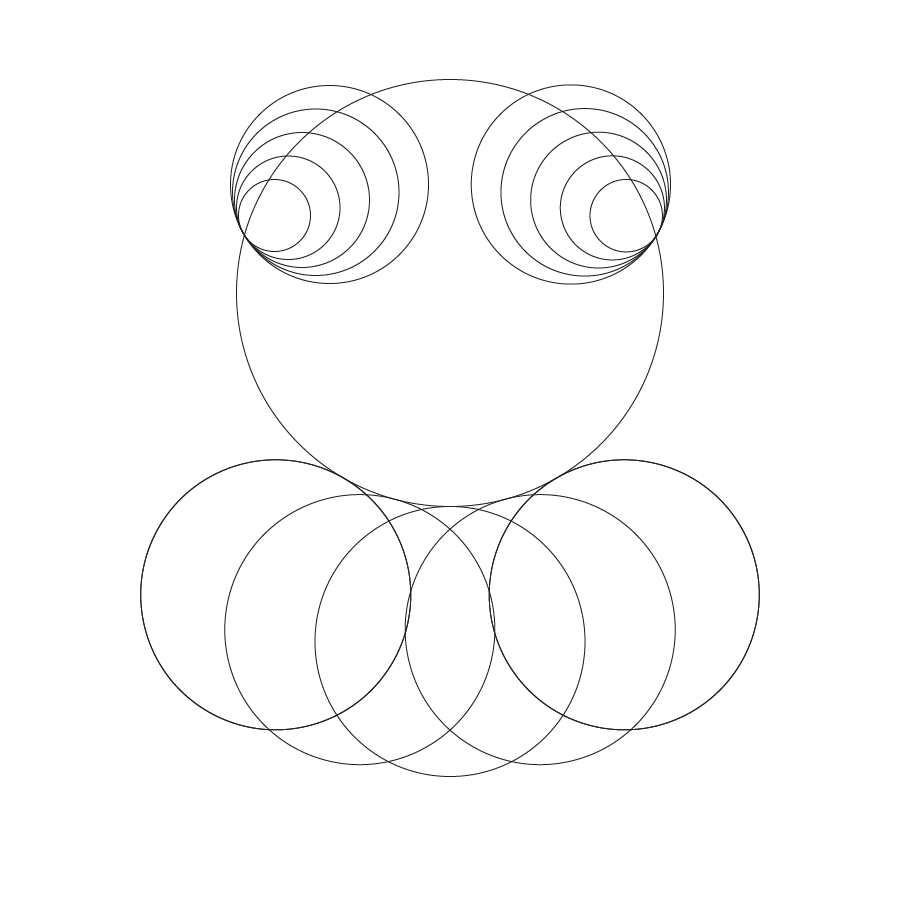
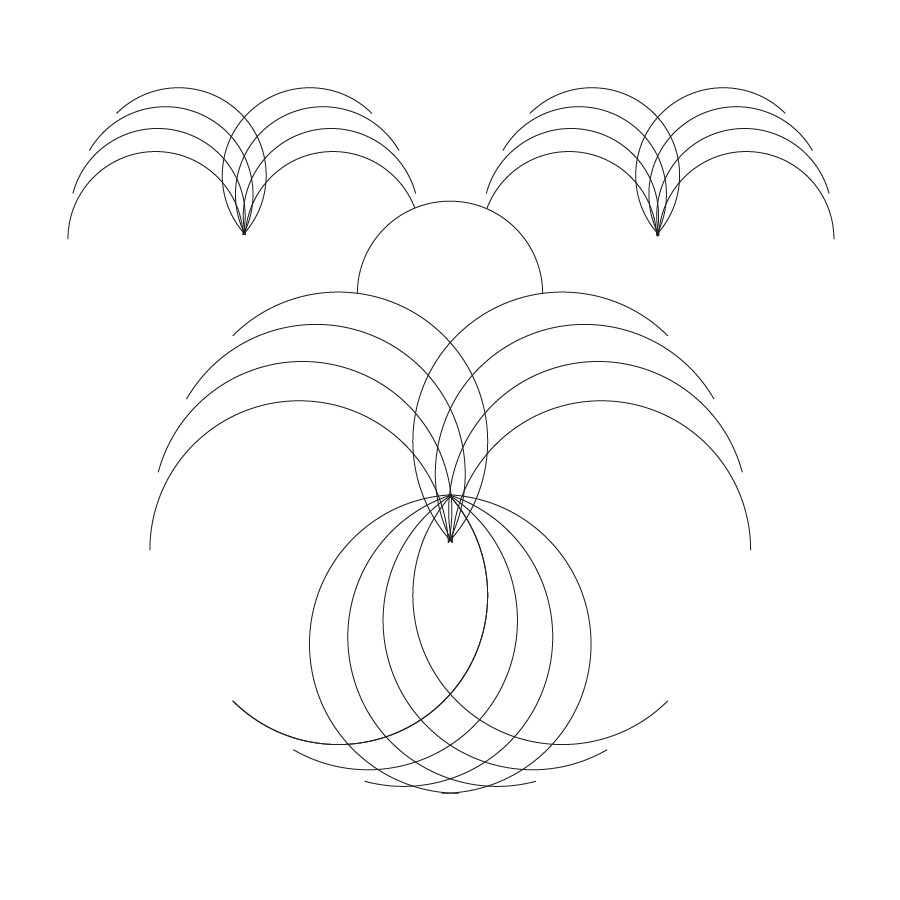
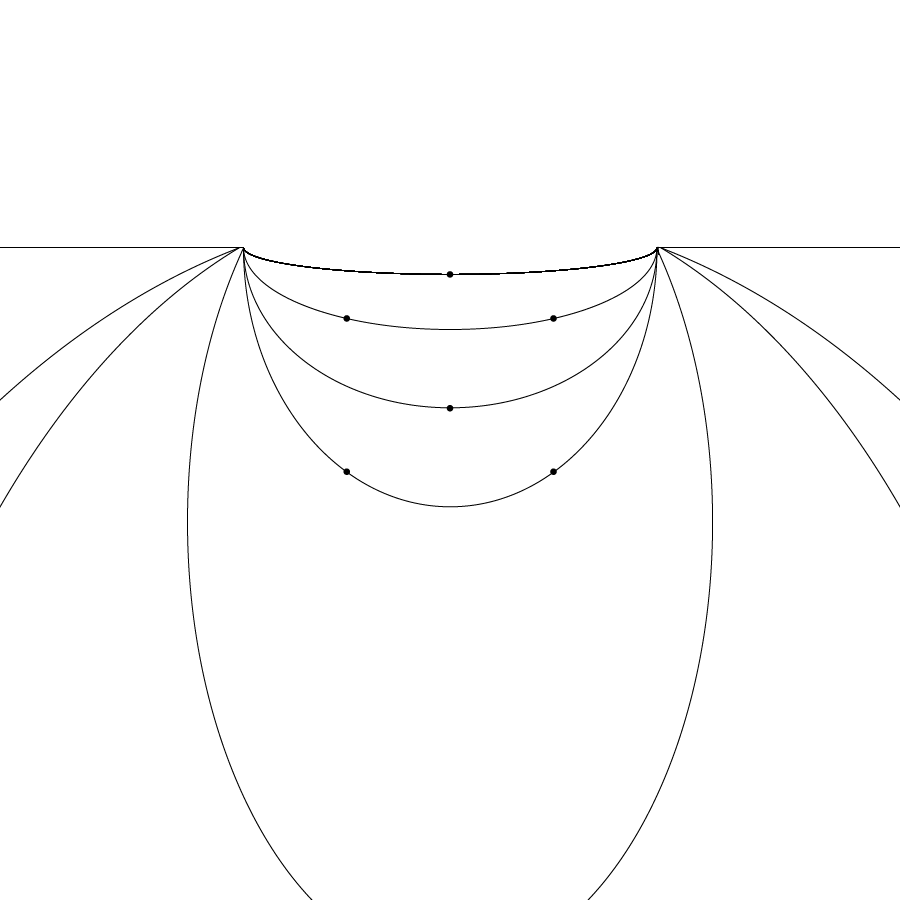
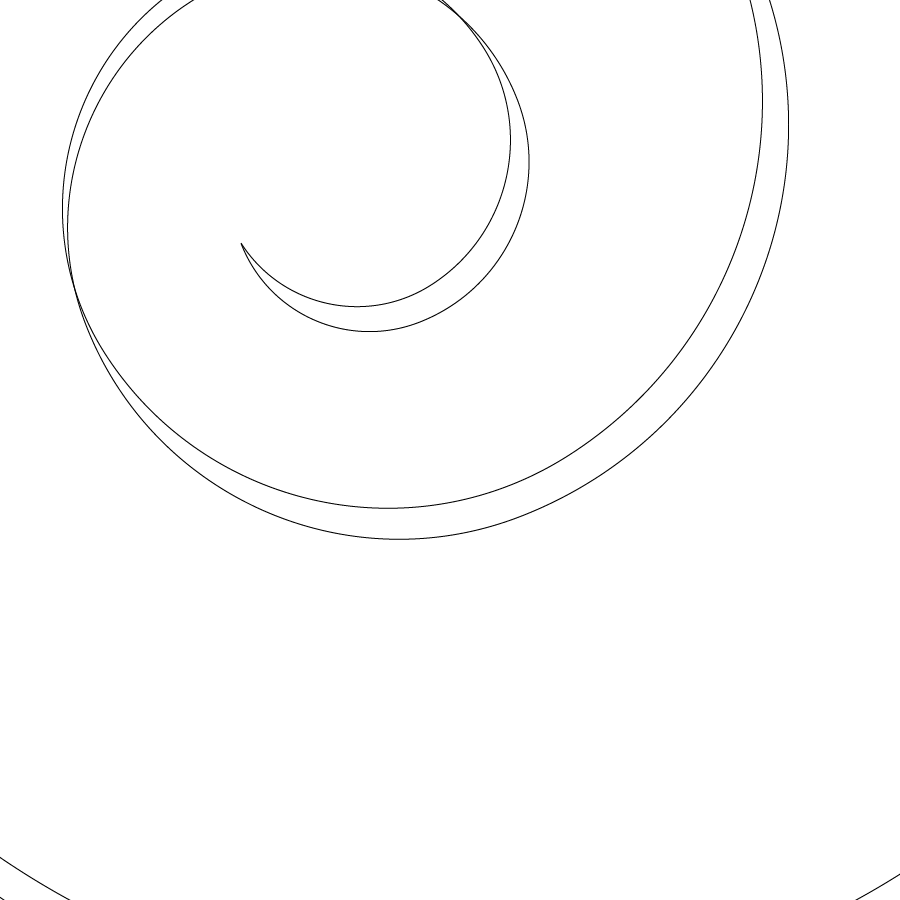
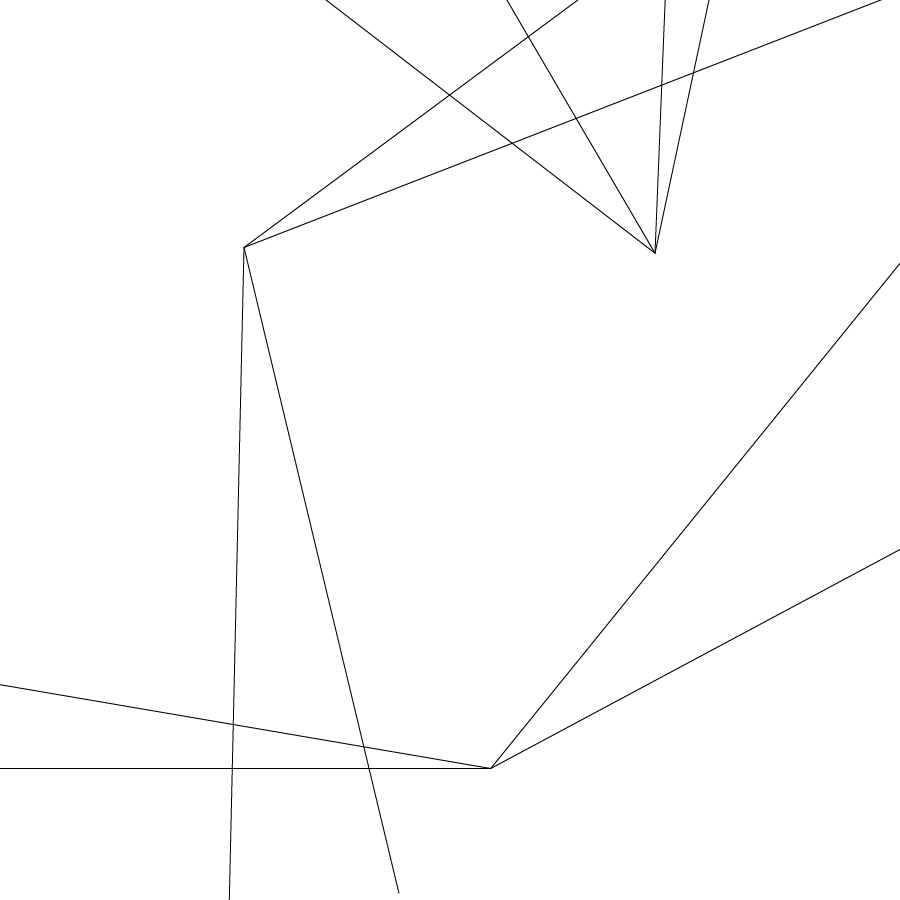
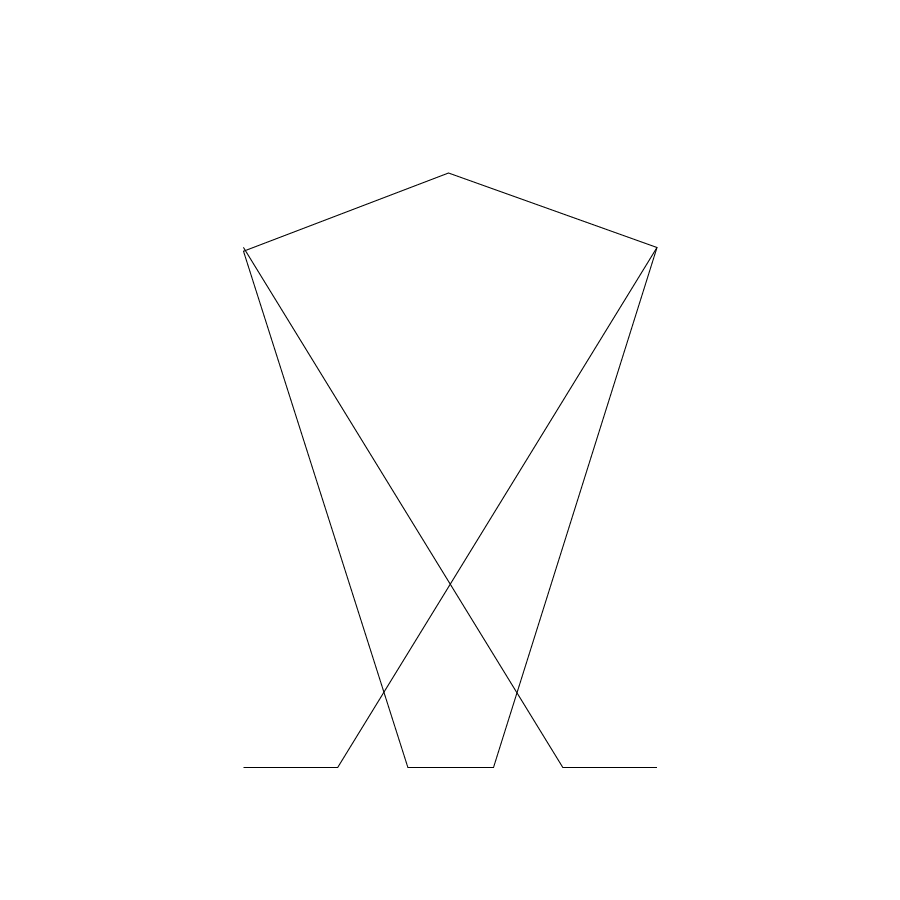
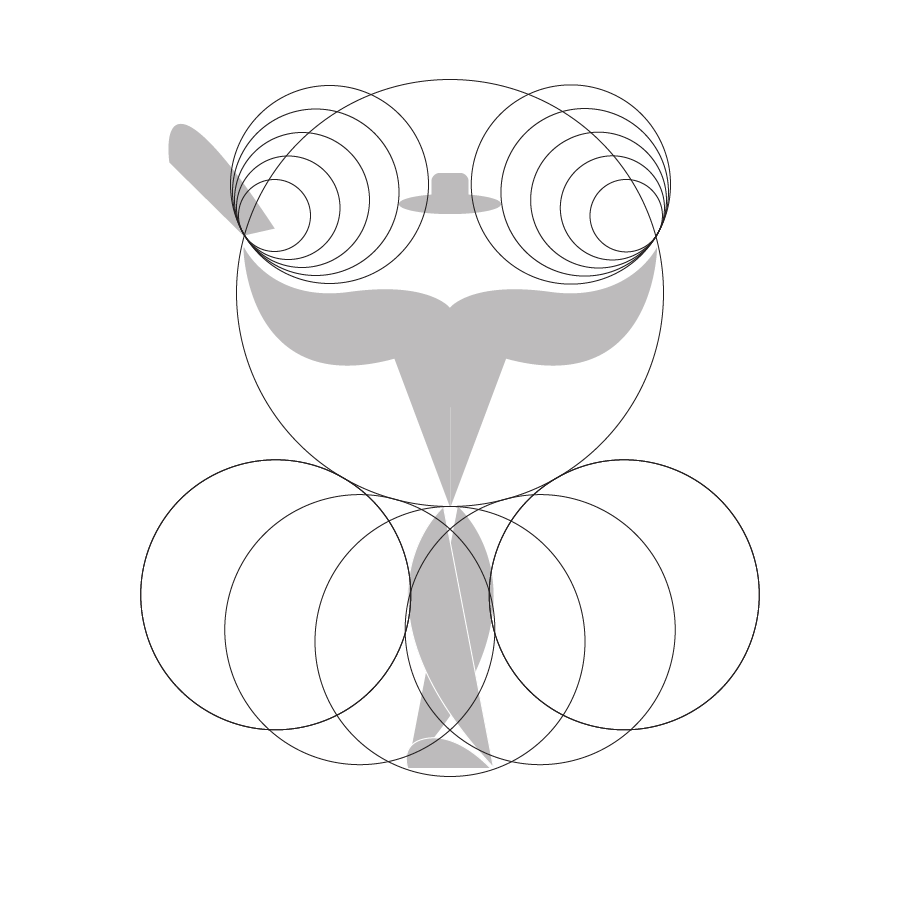
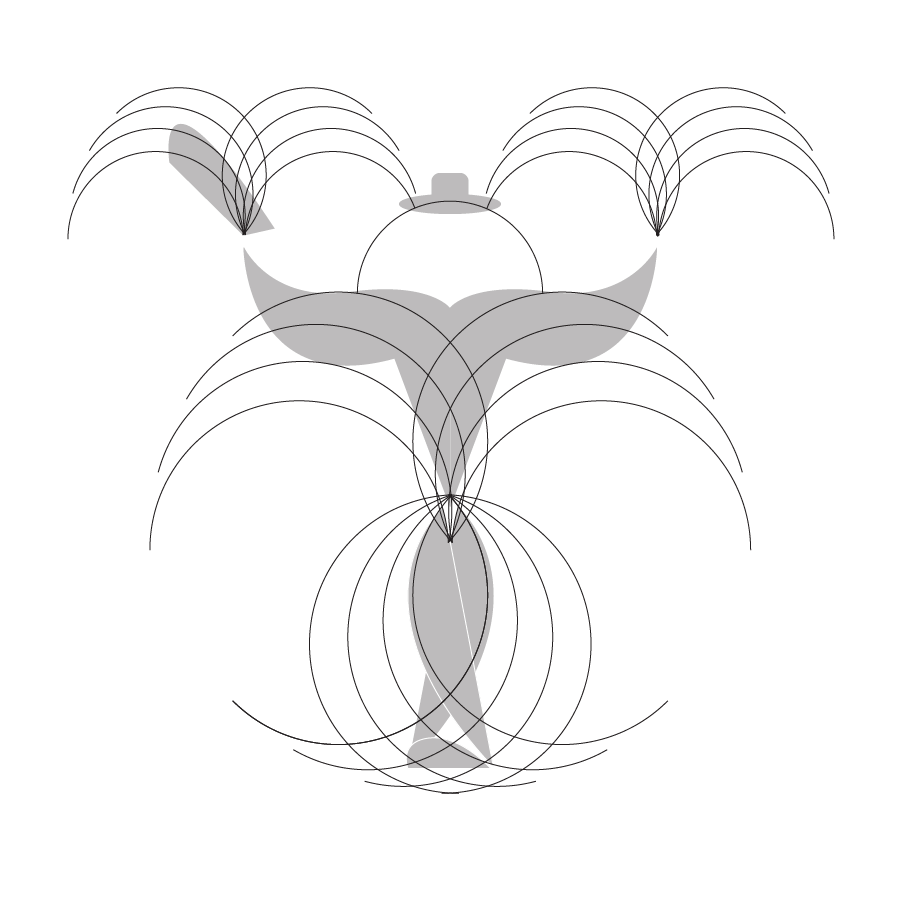
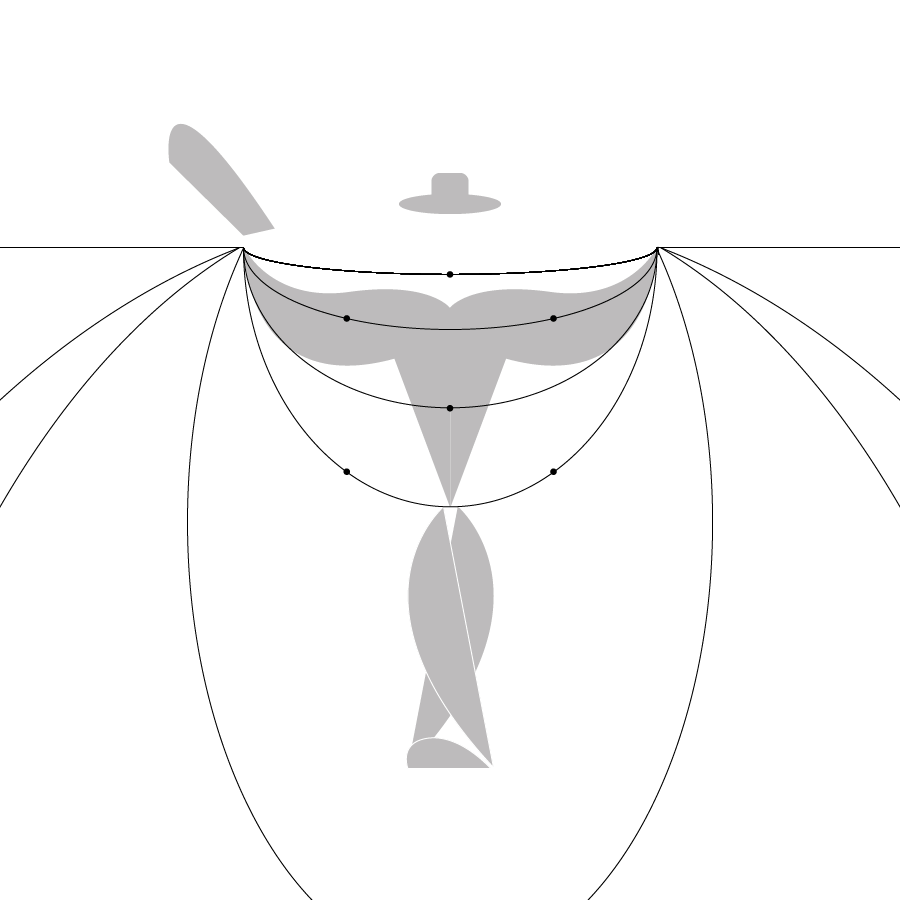
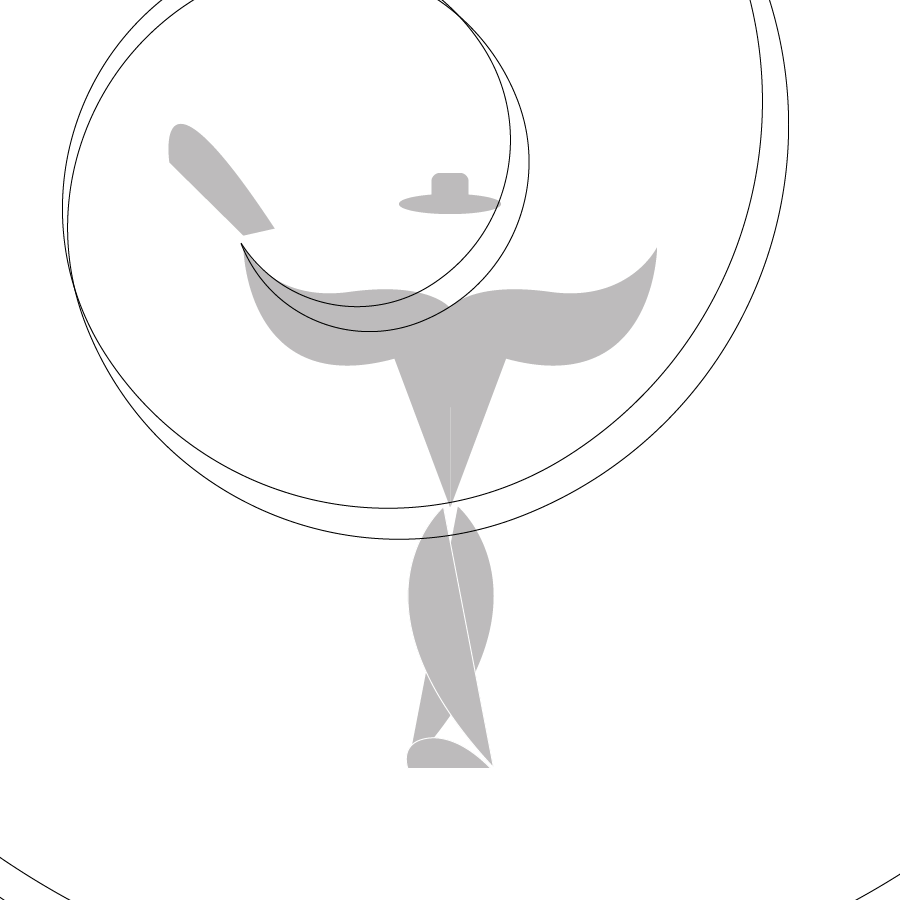
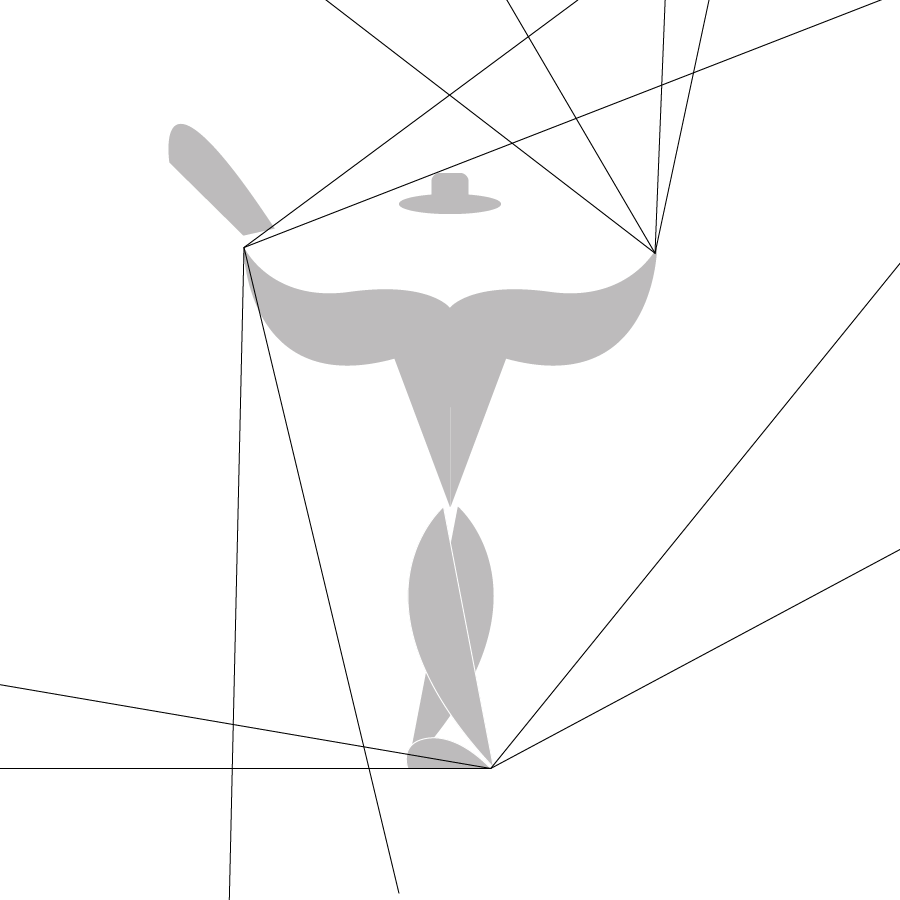
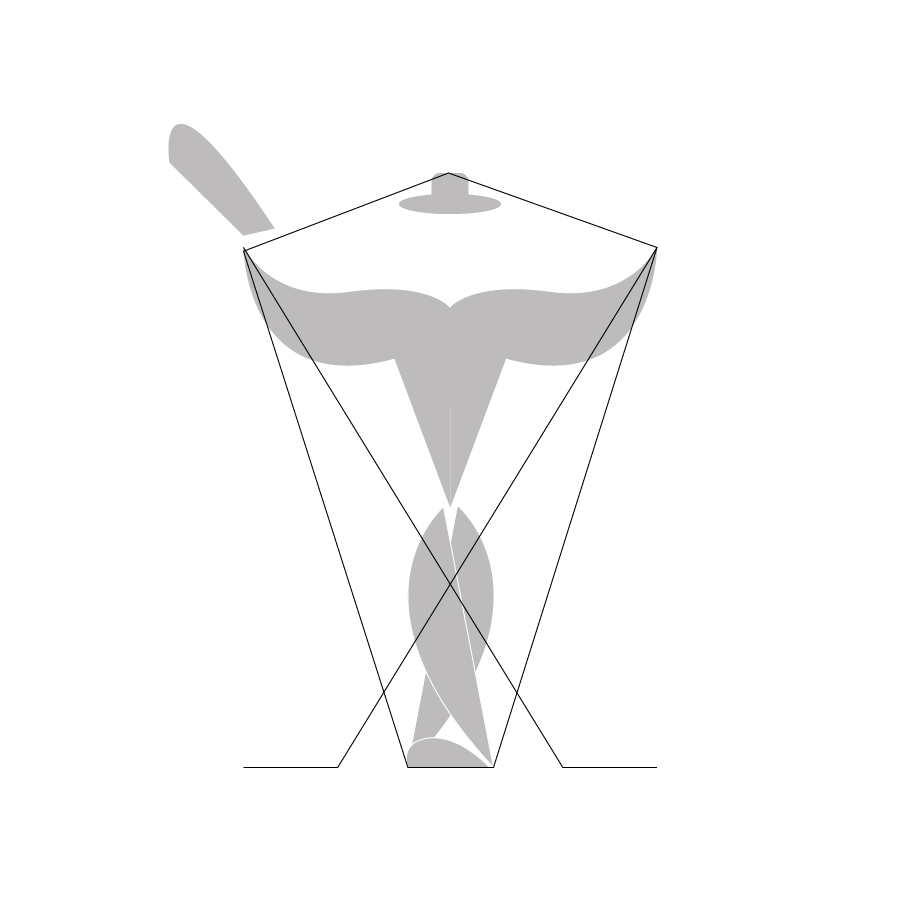
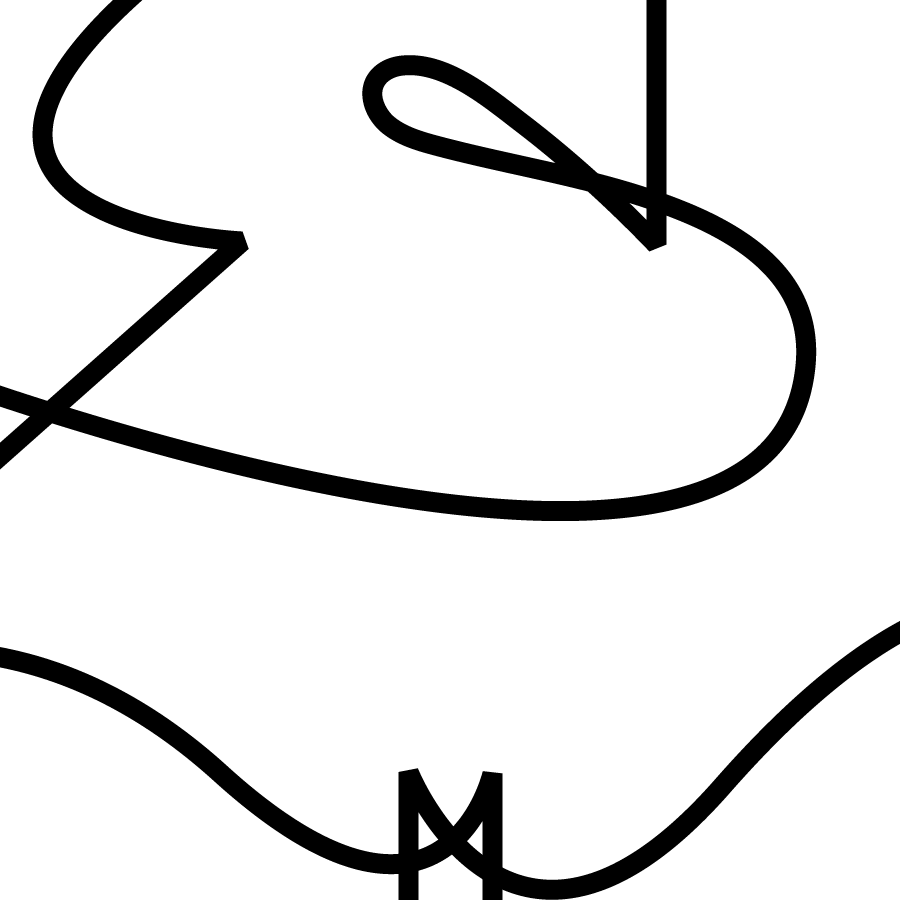
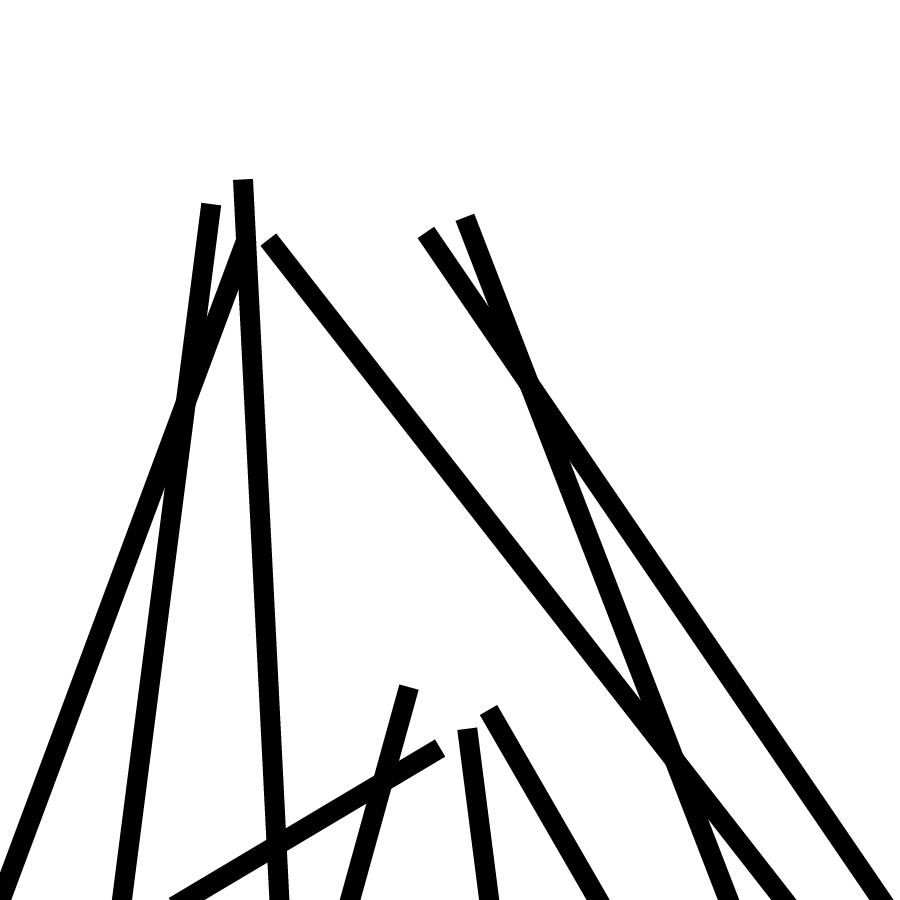

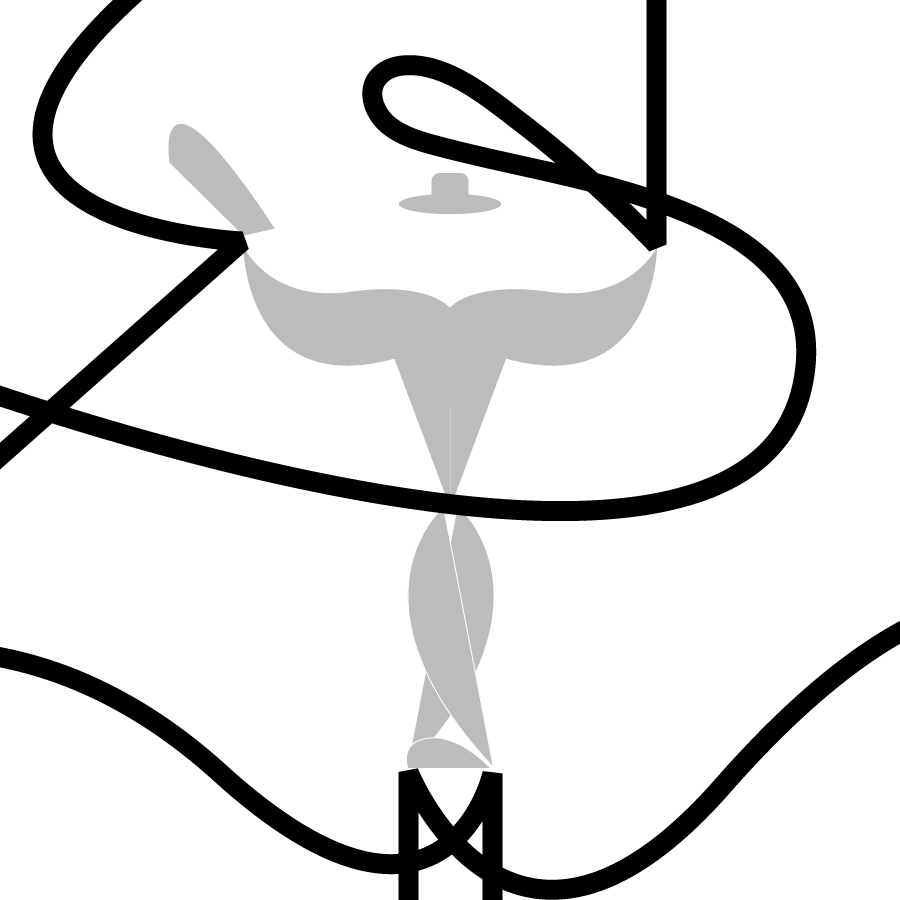
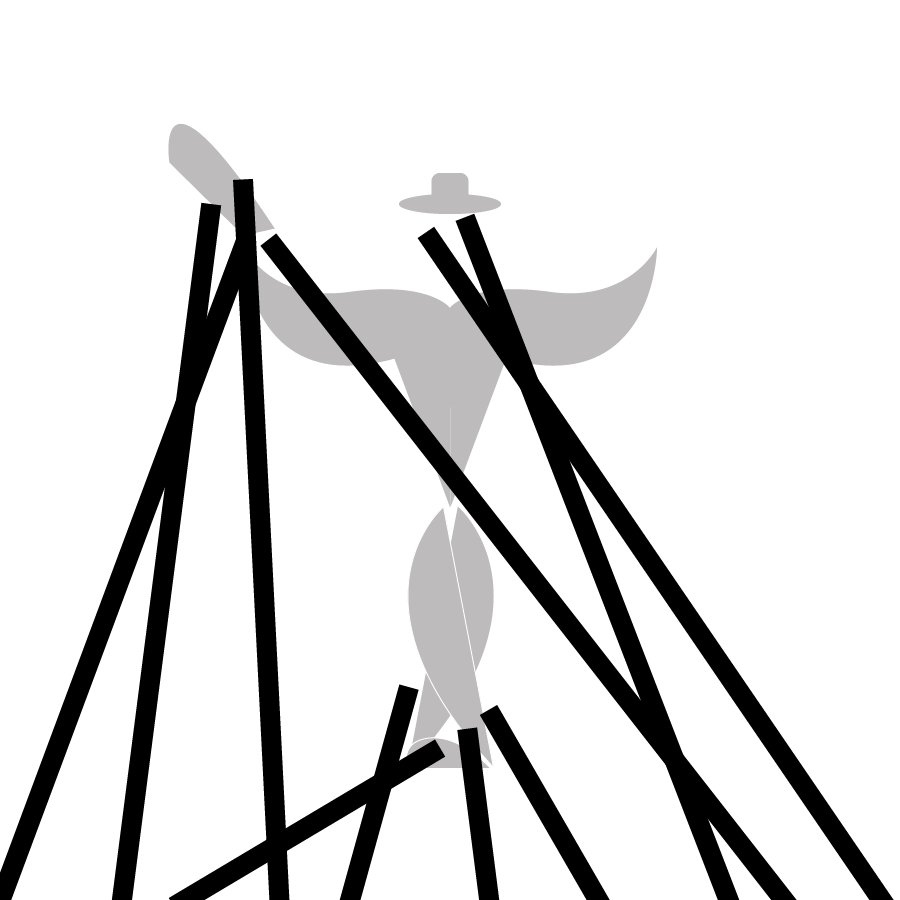
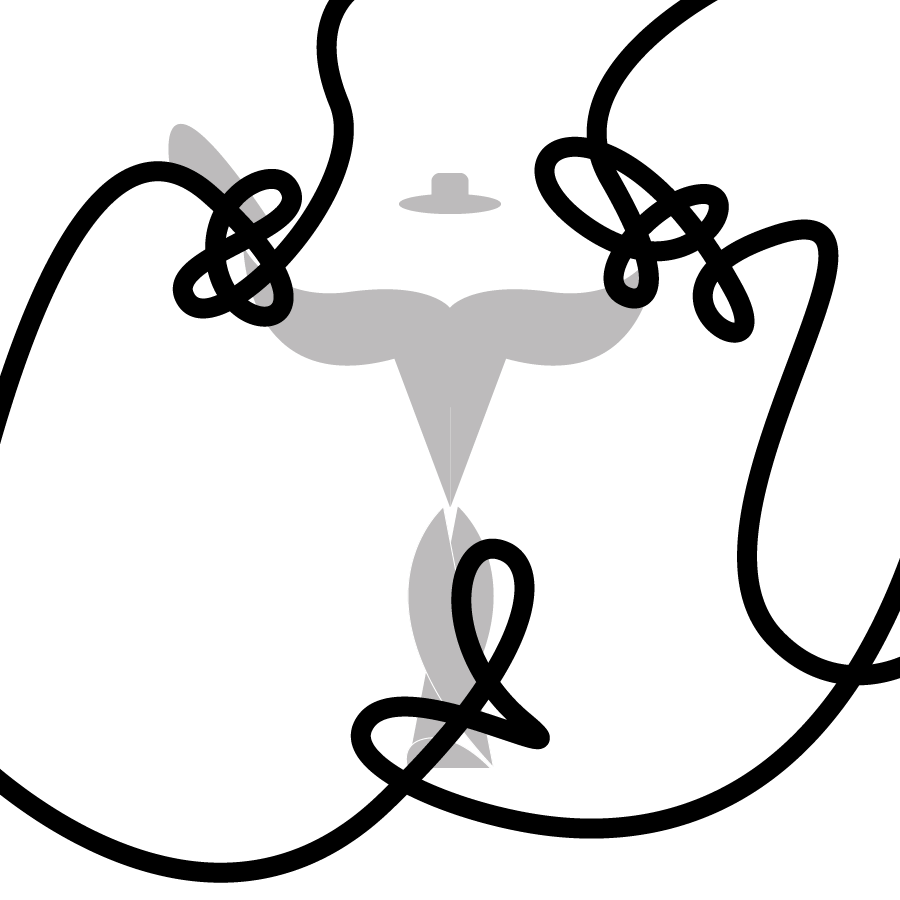
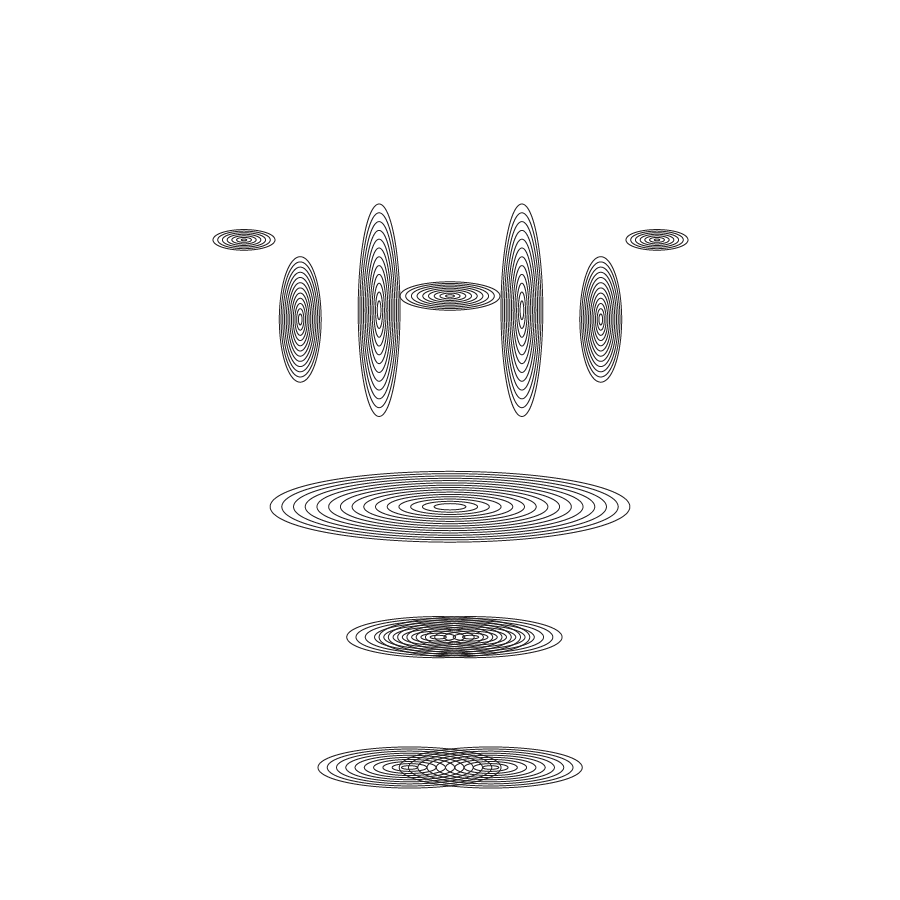
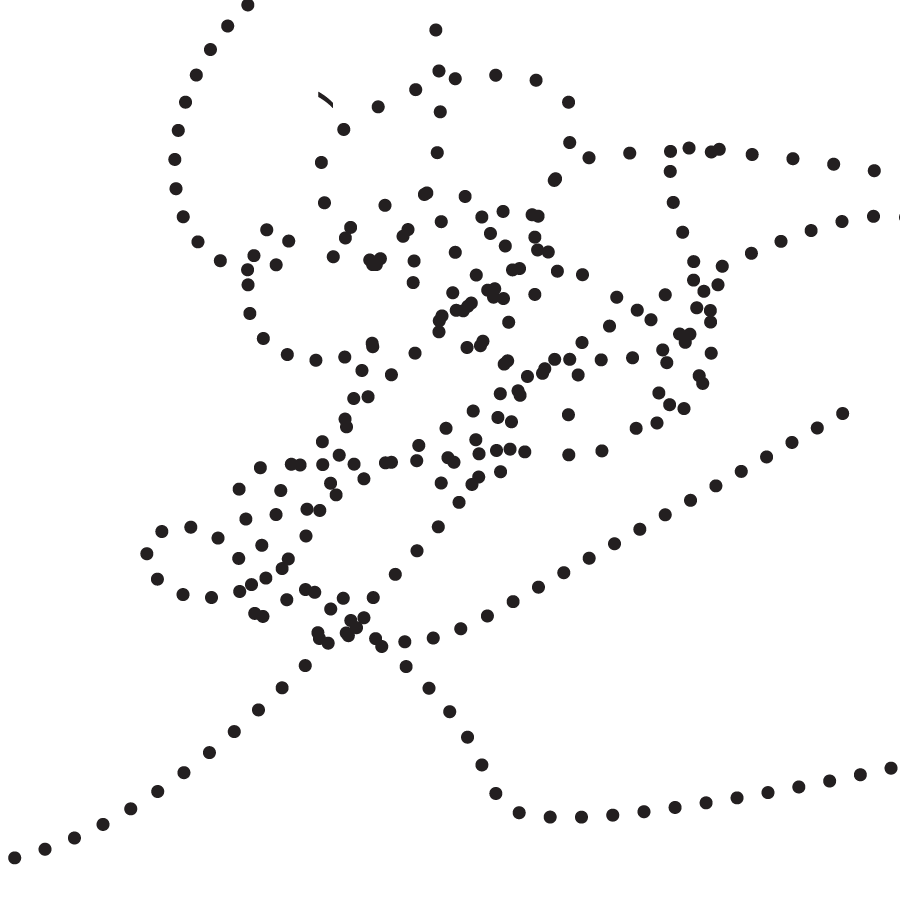
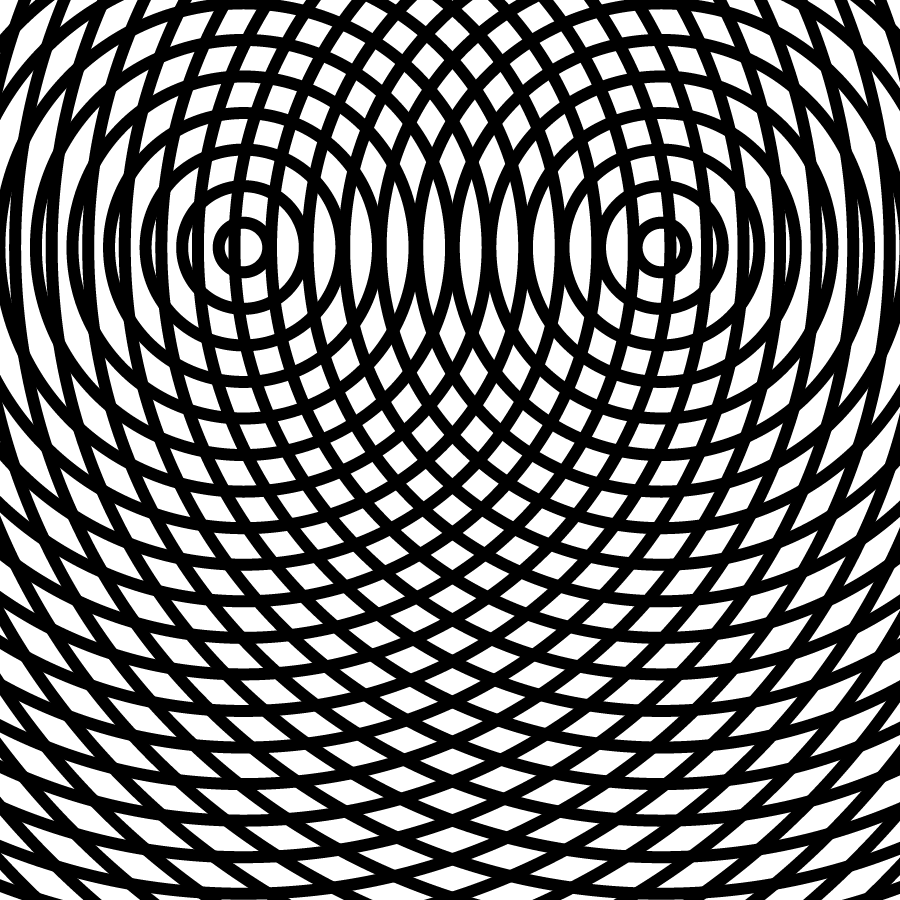
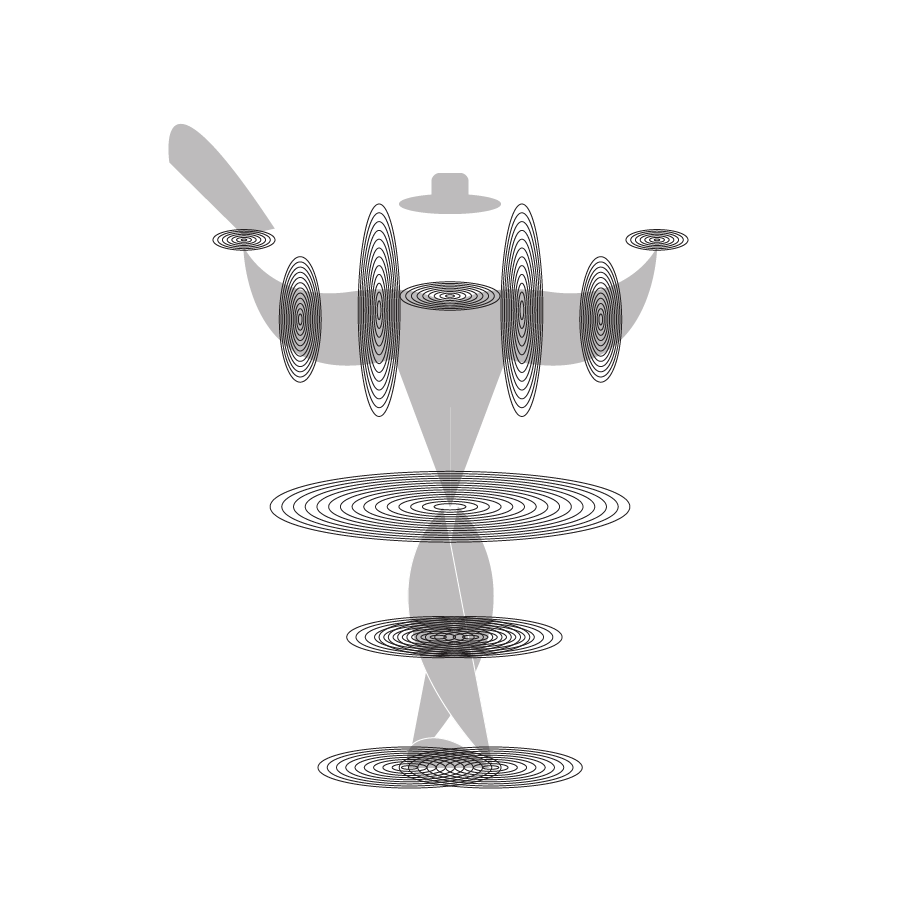
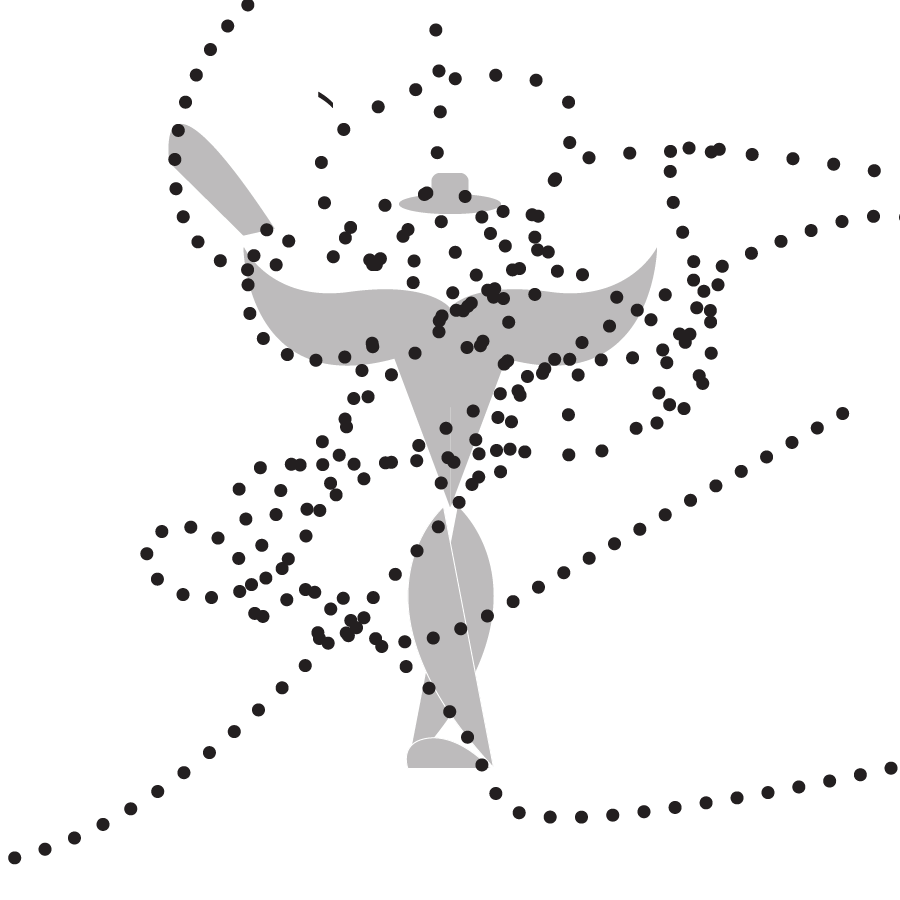
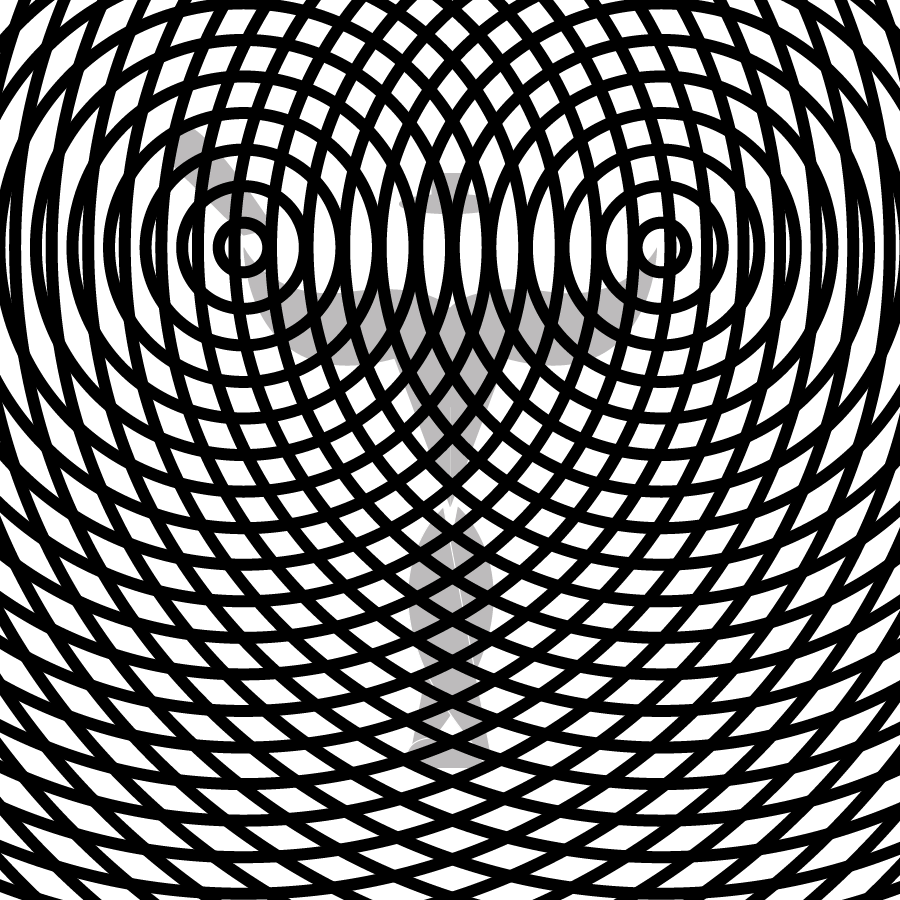
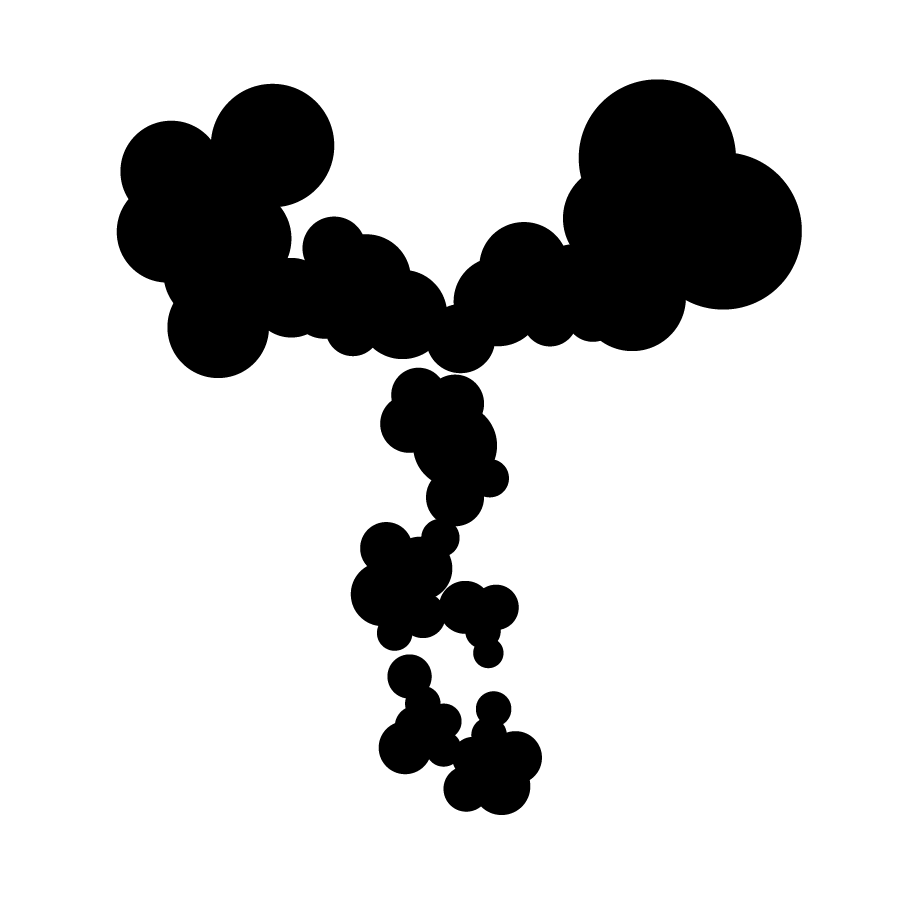
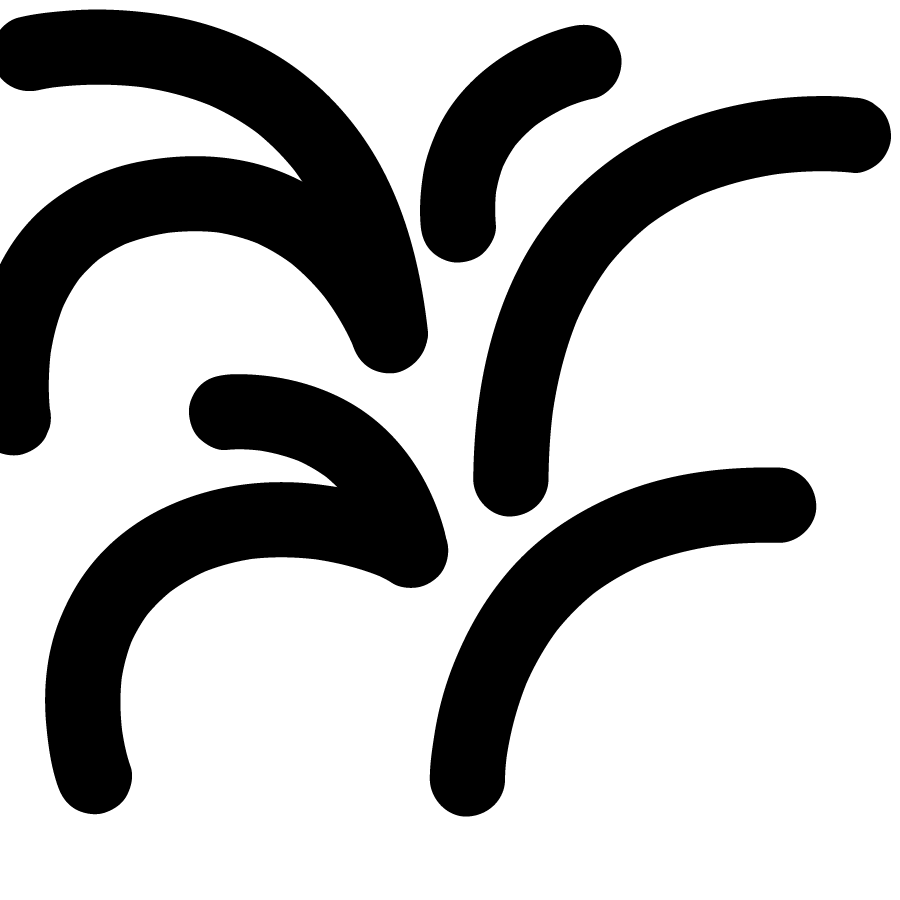
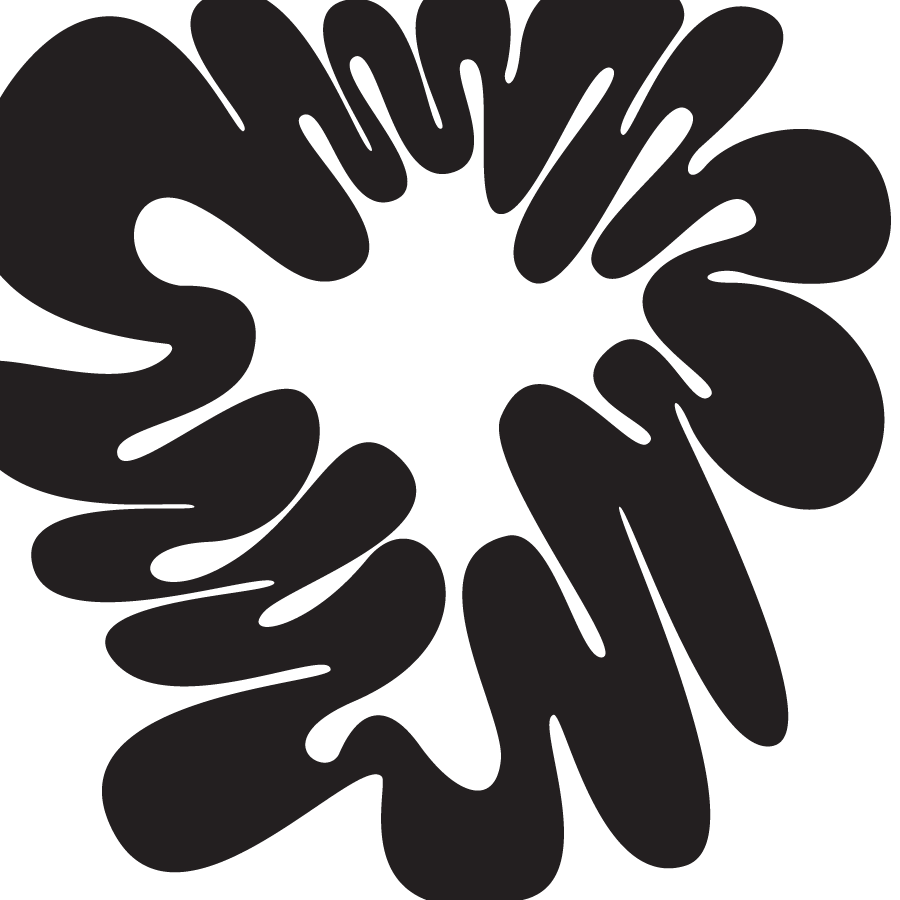
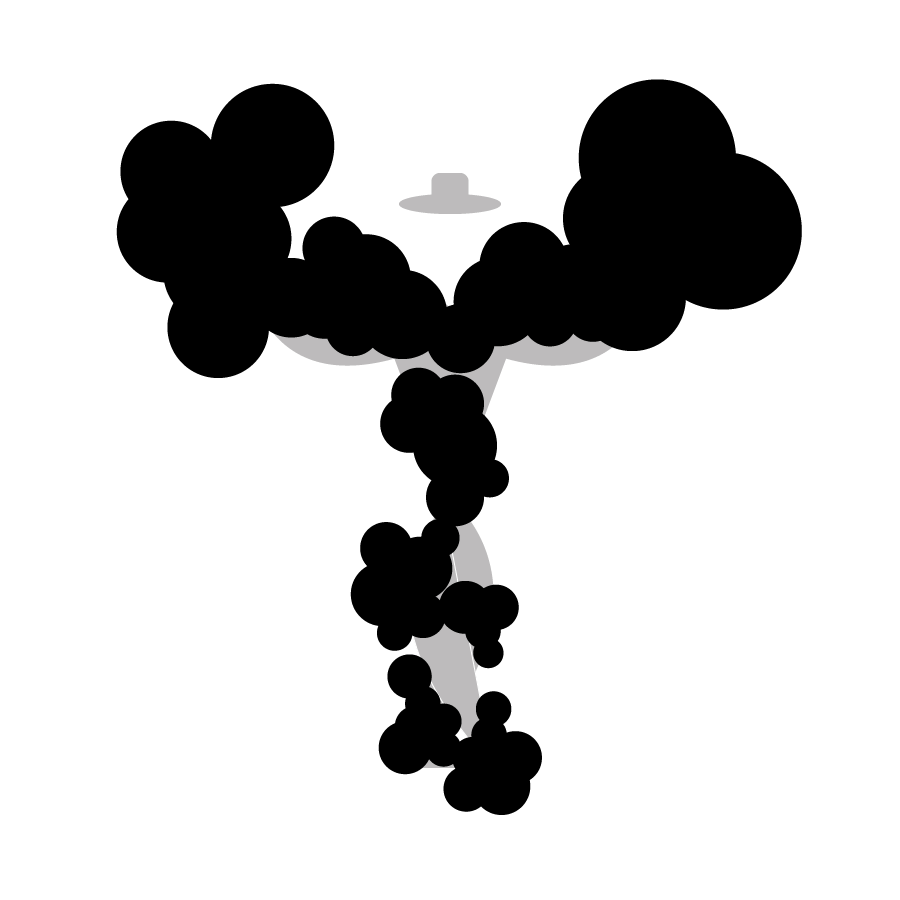
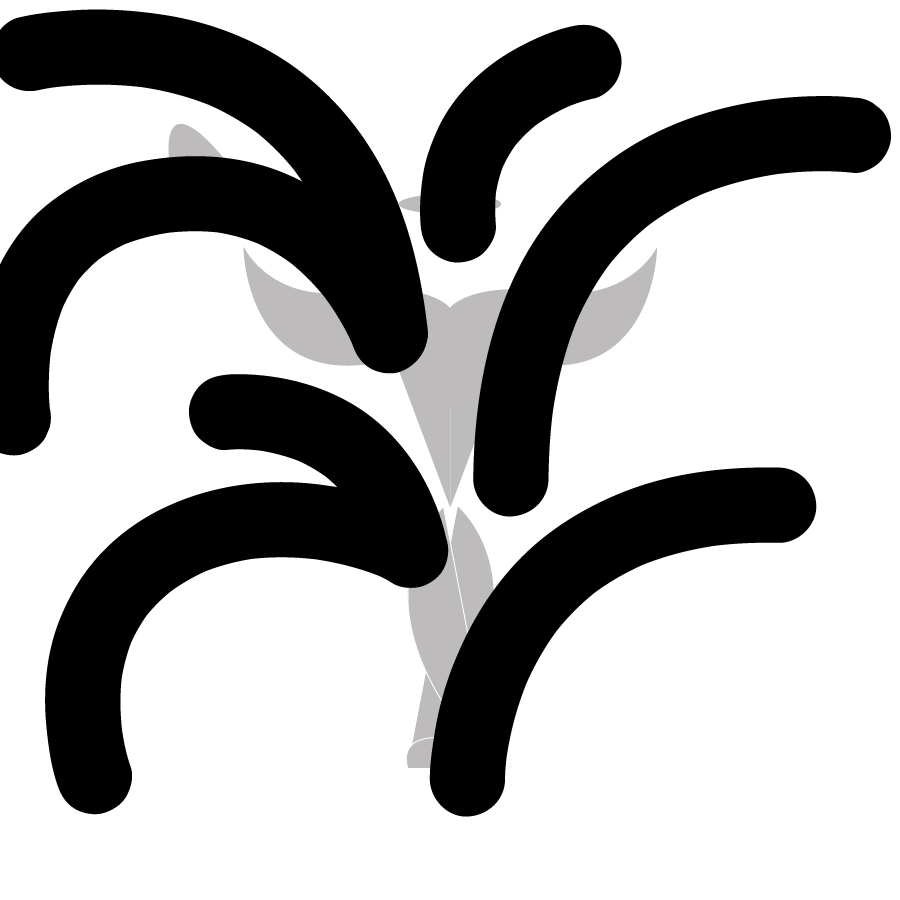
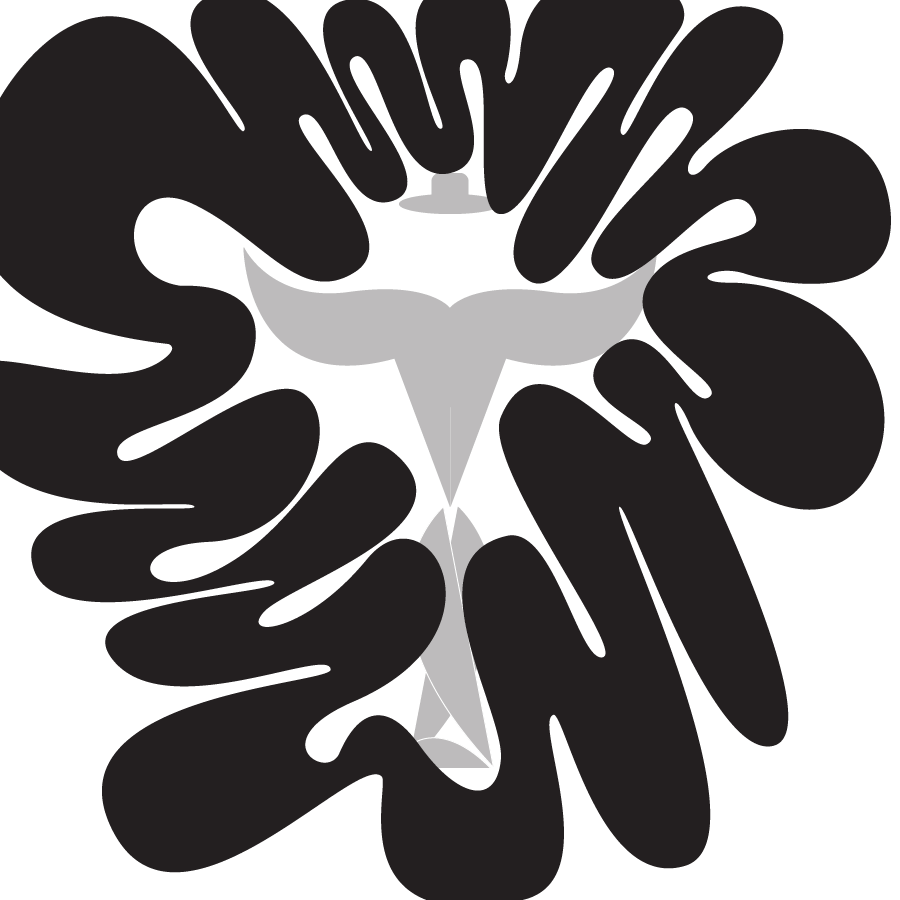
Project 1

The work made me consider the movement of objects themselves. The artist employed kinetic art to create an artificial species, designated as the “Strandbeest,” and studied various mechanical movements around it to facilitate the evolution of the species.
However, this work is actually a study of the mechanism of movement of the object itself, as well as other factors that allow it to move. Such as wind to move the artwork, devices to avoid water that could destroy it, and features to spot and avoid obstacles.
Research 2
A Philosophical Adventure in Modern Architecture: 01 Topologie
“In contrast to geometry, which contemplates form through the parameters of accuracy and proportion, topology emphasises the relationships between the elements under consideration rather than the elements themselves.”
Through the explorations thus far, I have been able to discern that movement is a topological phenomenon, in which a set of internal and external factors are related to each other.
Feedback:
- It was nice to try to create variations of graphics from one movement, but we can’t understand what it means.
- You need to rearrange your logic and set the rules so that the audience can easily understand your graphics.
- For example, you can design certain criteria – weight, force, wind, etc. – to explain a system you have built.
- Consider what information you need to convey graphically to communicate.
The project has demonstrated the necessity of organising all components of a complex system or phenomenon holistically by establishing the features or characteristics of each element.